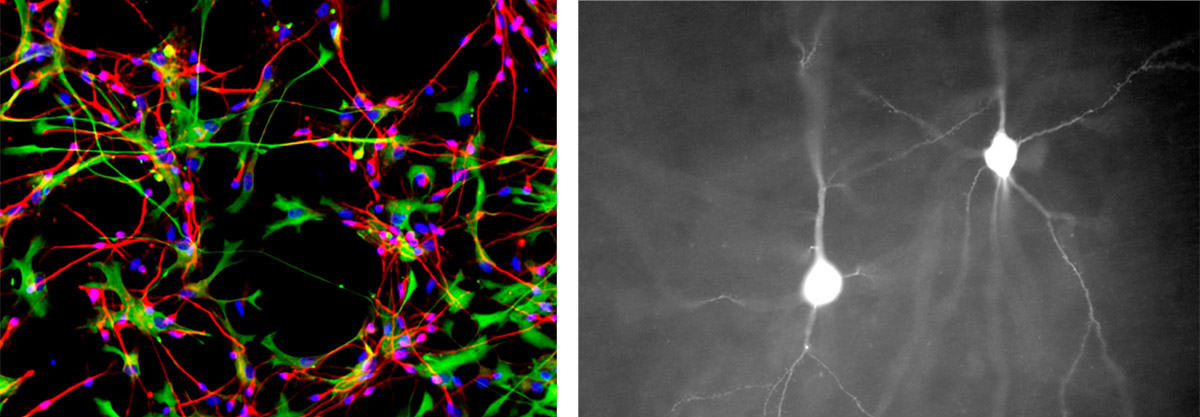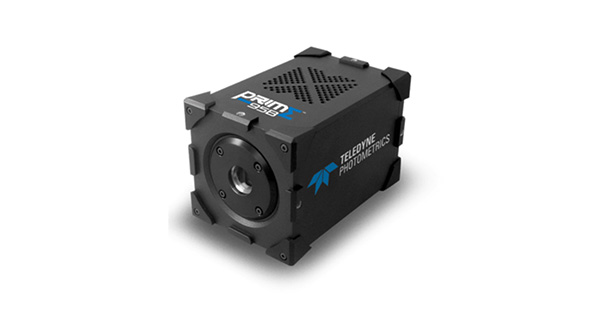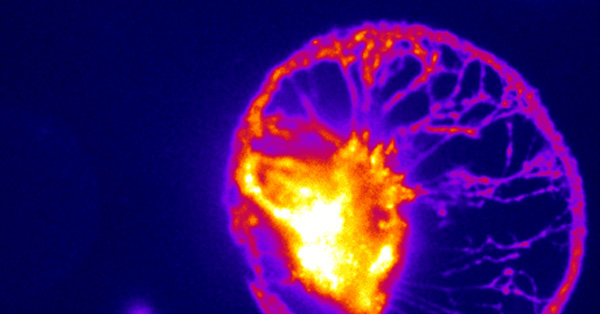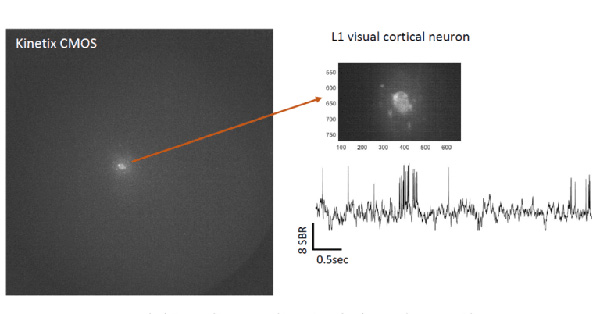Electrophysiology is a method that allows us to study the function of electrically active cells, such as neurons. Research on the physiology of neurons and the nervous system is often accomplished at the cellular level using microscopy techniques or further techniques such as patch clamping.
Advanced imaging methods in neuroscience permit us to image deep into brain tissue with high spatial and temporal resolution. It is even possible, using advanced optogenetic methods, to optically interrogate cells to discover more about their function.
Cameras for neuroscience applications can have very different specification requirements based on what is being investigated. Cellular activity as a response to electrical stimulation or changes to membrane potentials, for example, can happen extremely quickly, so high frame rates can be of high importance. Many dyes used in electrophysiology are difficult to visualize because of a low quantum efficiency at the fluorophores emission wavelength. Therefore, a camera with a high quantum efficiency over the entire visible wavelength range may also be desired.
Finally, electrophysiology applications often require minimal electronic noise and vibrations to acquire high-quality data so the electrophysiologist requires tight control of camera noise.
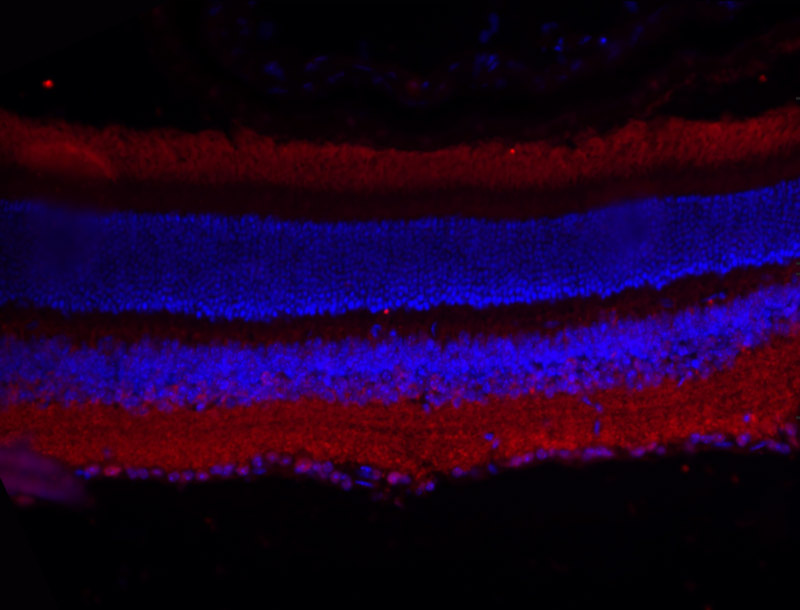
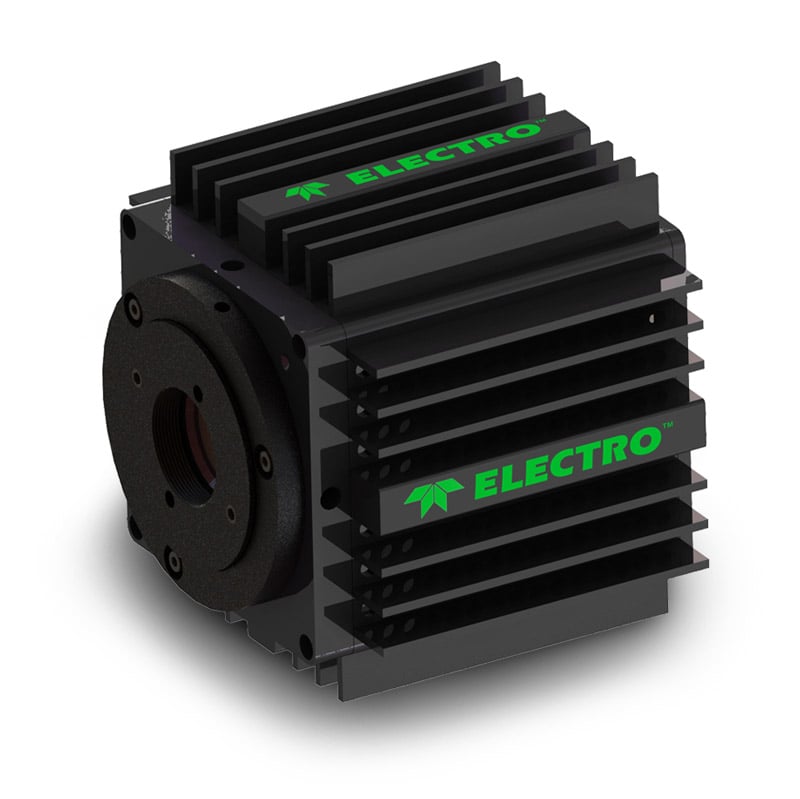
Retiga ELECTRO
The Retiga ELECTRO is specifically designed for electrophysiology.
The high broadband quantum efficiency delivers the sensitivity required for high contrast imaging of cells and tissues, making the manipulation of micropipettes in their contact with cell membranes and tissues significantly easier to perform.
Fanless temperature regulation using a thermoelectric cooling system cools the sensor to 0oC without adding additional vibration to the system. This means that electrophysiology experiments no longer need to compensate for this additional noise.
Incorporated grounding pins allow the camera to be grounded within the rig to reduce the buildup of static electricity in electrical systems.
Finally, in-built Intelligent Quantification and Defective Pixel Correction technologies improve signal to noise for long exposures.
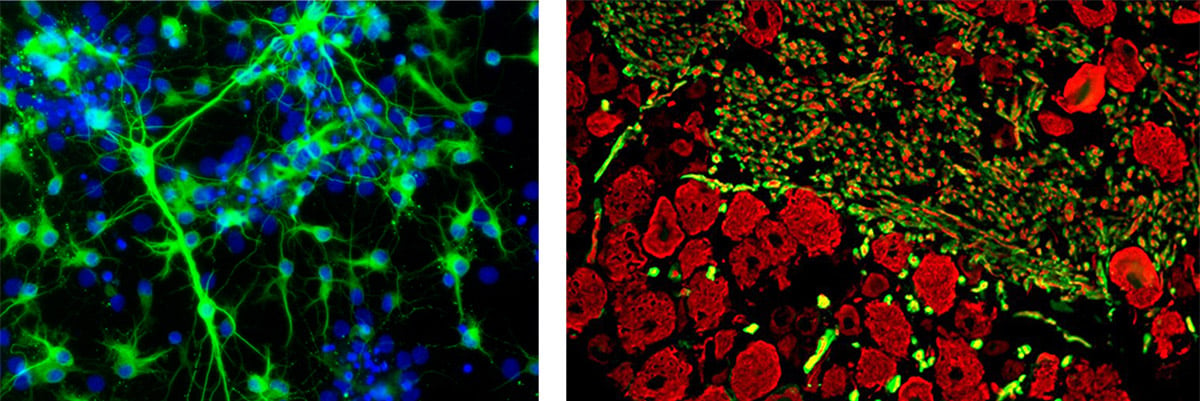
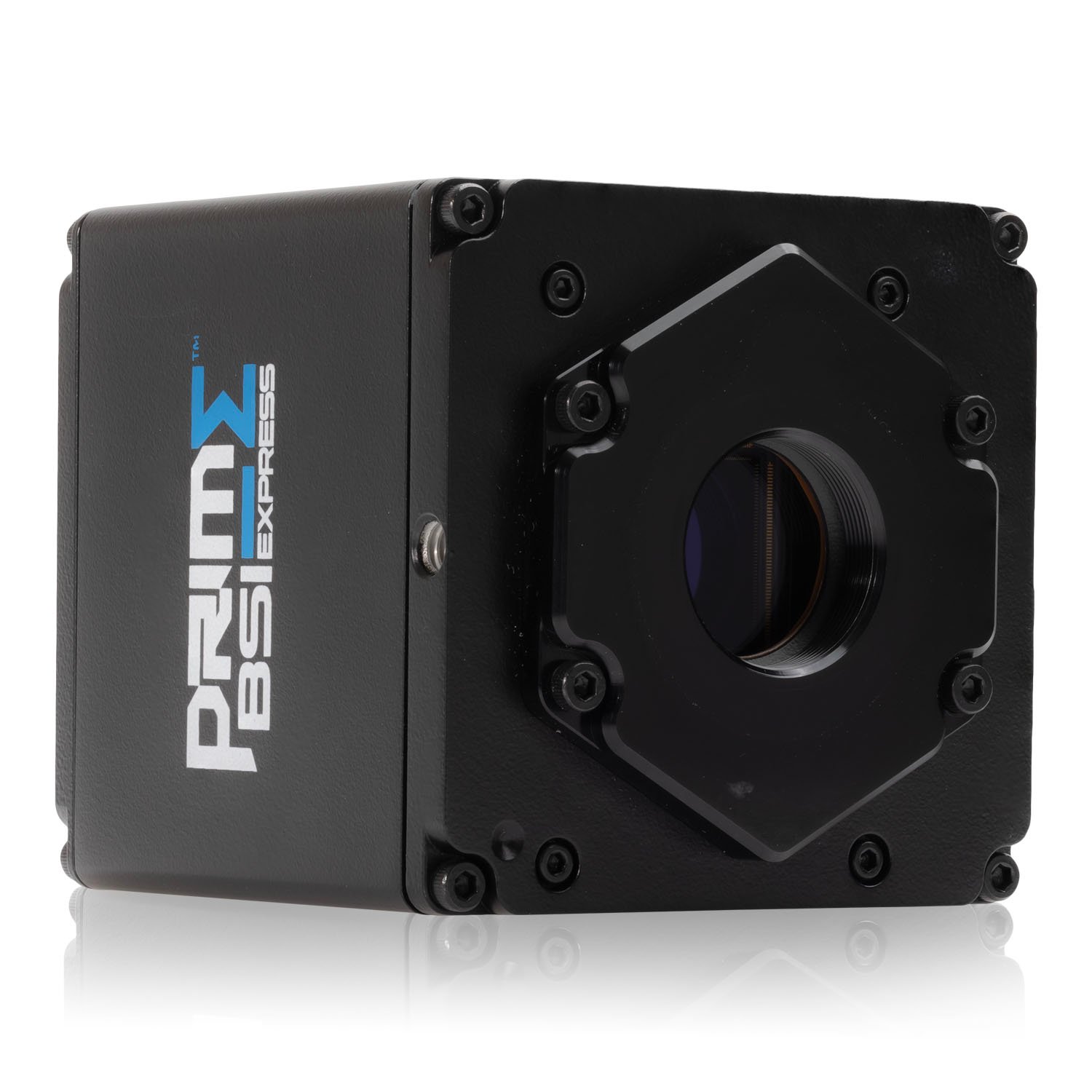
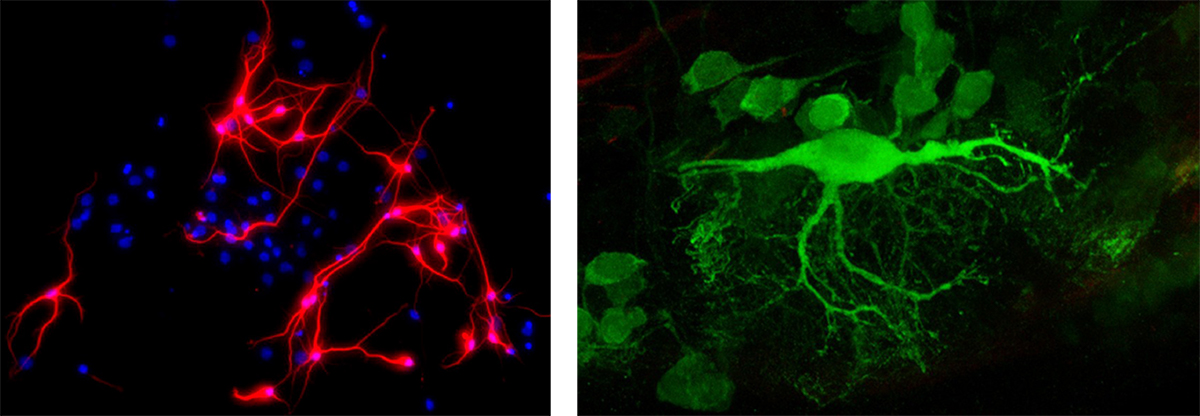
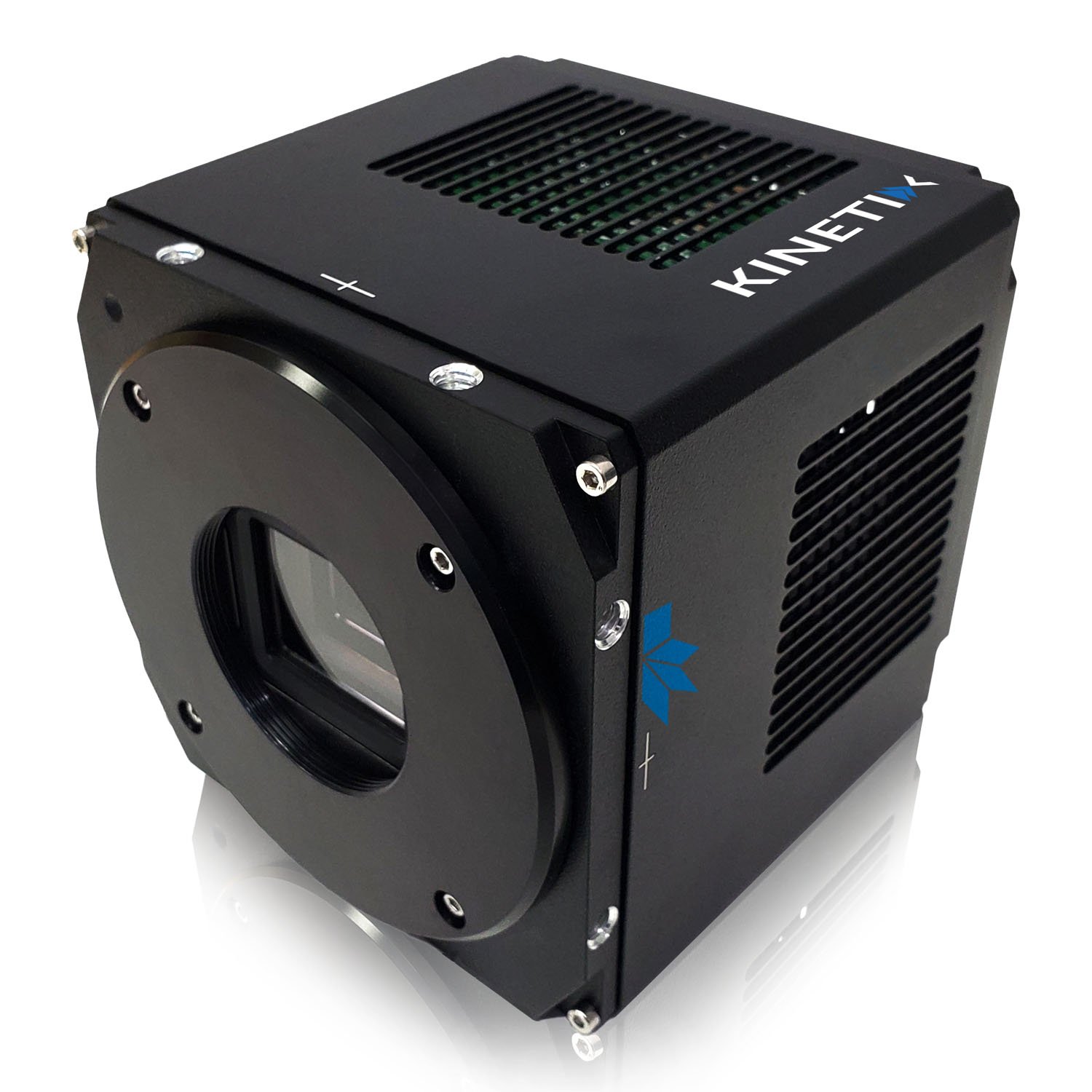
Kinetix
High sensitivity, 95% quantum efficient sCMOS camera with an incredibly high 400 fps full-frame speed and a massive 29.4 mm diagonal field of view.
When speed is of vital importance, the Kinetix significantly outperforms typical sCMOS devices. With a full-frame framerate of 400 fps and a 10 megapixel sensor, the Kinetix delivers over 4000 megapixels/second.
The high quantum efficiency and low read noise combined with the balanced 6.5 µm pixel size also delivers the sensitivity needed to get the highest image quality from your electrophysiology system.
